All about the money: NCAA vs athletes
October 23, 2017
“At some schools, summer vacation is only seven to 10 days.”
So says late Auburn football player Phil Lutzenkirchen in an article written online for SBNATION, in which he discusses the off-season for college athletes.
Other schools may allow two to three weeks for summer break, which is hardly a fair trade-off for the return they give to their teams, especially in one category: money.
This fall, 20.4 million students will attend American colleges and universities. Of those students, 460,000 of them will compete in a combined 24 sports over the academic school year. In 2016, the National Collegiate Athletic Association raked in $995.9 million in revenue from these sports; the total will remain relatively the same in 2017. None of this revenue will go to the athletes. Should it?
It might be easy to look at this question from the other side: Why shouldn’t collegiate athletes get paid?
At least 50% of people would say “they’re getting a free education,” and sure, it’s a valid argument, but student athletes go above and beyond. On top of rigorous classes that come with college, players will report to practice or at least be involved with the team throughout the year.
The football program at University of Texas alone pulled in $127.5 million in the 2015-16 fiscal year. Their football record that year? They only won five games and didn’t qualify for a bowl.
That revenue stream consisted of tickets sales at the massive 100,119 seat Royal-Memorial Stadium (including luxury boxes), high priced concessions, their own cable channel –The Longhorn Network, and licensed products that sometimes sport popular player’s numbers.
Jersey sales may be the most obvious form of revenue gained by the university that is directly related to the players. In 2014, Texas A&M, Arizona, and Northwestern elected to stop selling jerseys with popular player’s numbers on them. In Texas A&M’s case, the decision stemmed from the ridiculous popularity of one Johnny ‘Football’ Manziel.
Manziel electrified Saturdays every week on his way to the 2012 Heisman trophy and a finalist spot in 2013. During his playing days, a replica #2 jersey would sell for $60 in the school’s bookstore until they sold out during his Heisman campaign, all 2,500 of them.
That’s not the only place Manziel was generating money. The NCAA claims they don’t link any merchandise on their store to athletes yet a certain URL search featuring player’s names such as Manziel comes up with abundant amount of Texas A&M gear, some of which featuring his #2 jersey.
Manziel is a prime example of a cog in the system that is the NCAA. He made them big bucks as an athlete while not seeing any of that, then made it to the NFL only to drop out of the league after two seasons. It’s no wonder Manziel turned to signing autographs for money during his playing days.
Like many former players, Manziel just wanted to see some profit from his hard work and he was punished for it, being suspended for the first half of his team’s 2013 season opener against Rice.
It was estimated by Joyce Julius & Associates, a sports and sponsorship evaluation company, that Manziel generated 1.8 million media impressions, translating into $37 million in media exposure during his Heisman run. While Johnny ‘Football’ padded his stats, his university and the NCAA was padding their wallets; a trend that doesn’t show signs of slowing with this upcoming season.



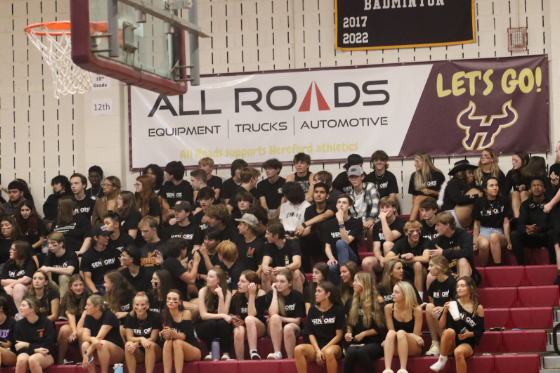

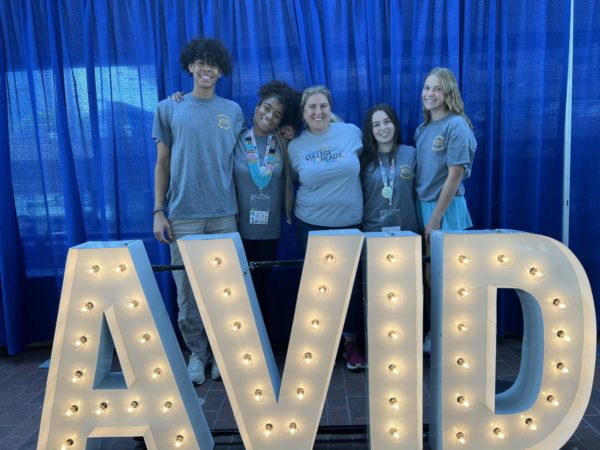


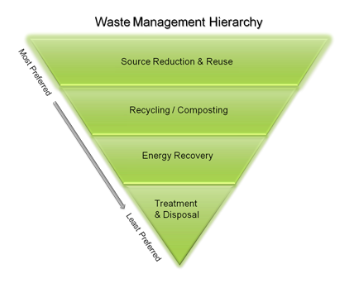

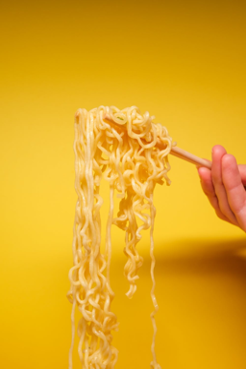


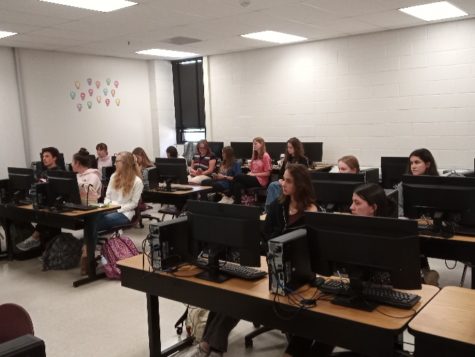

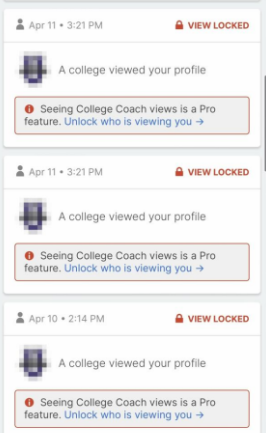




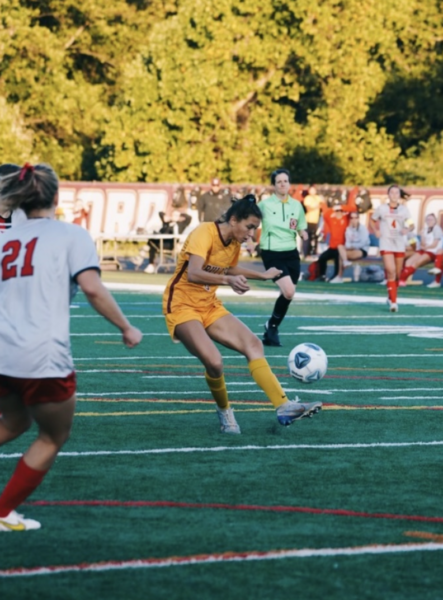
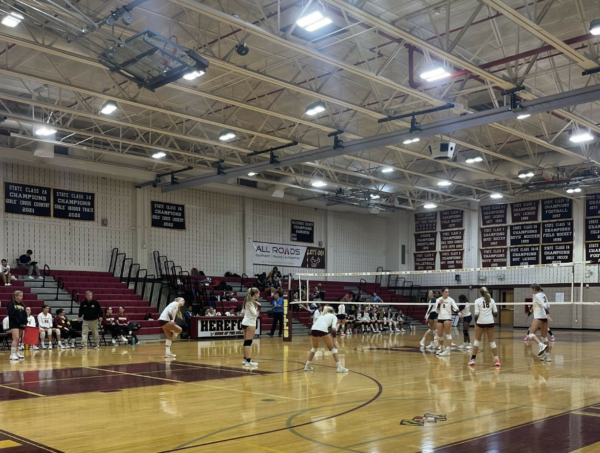

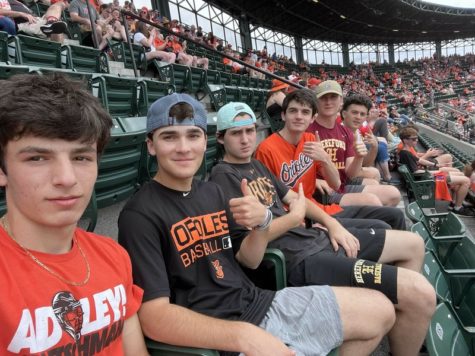

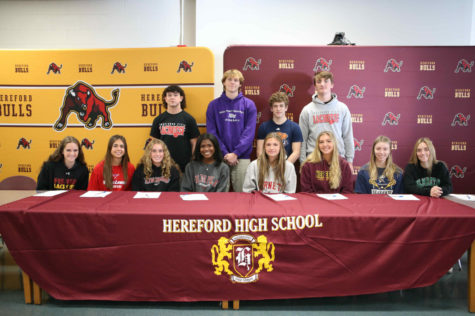
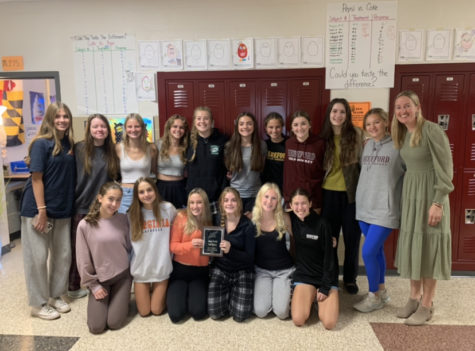
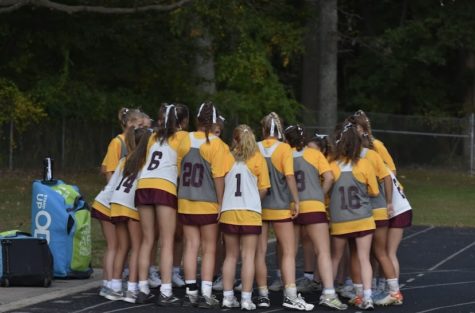
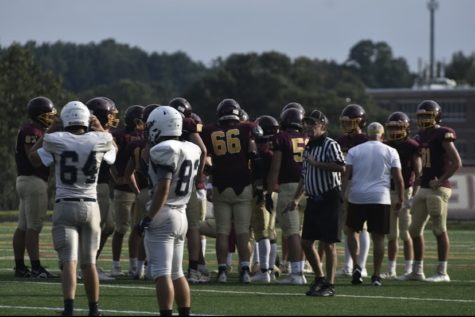
Max Herbkersman • Nov 8, 2017 at 1:55 pm
الله أكبر